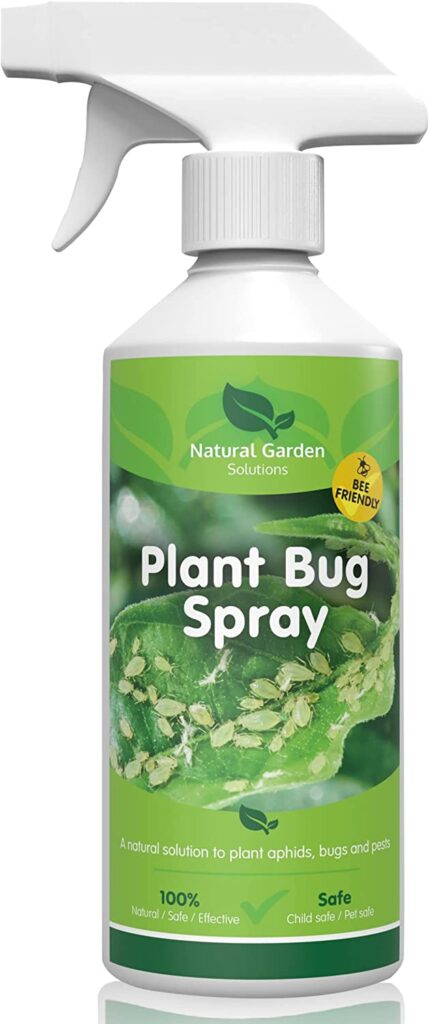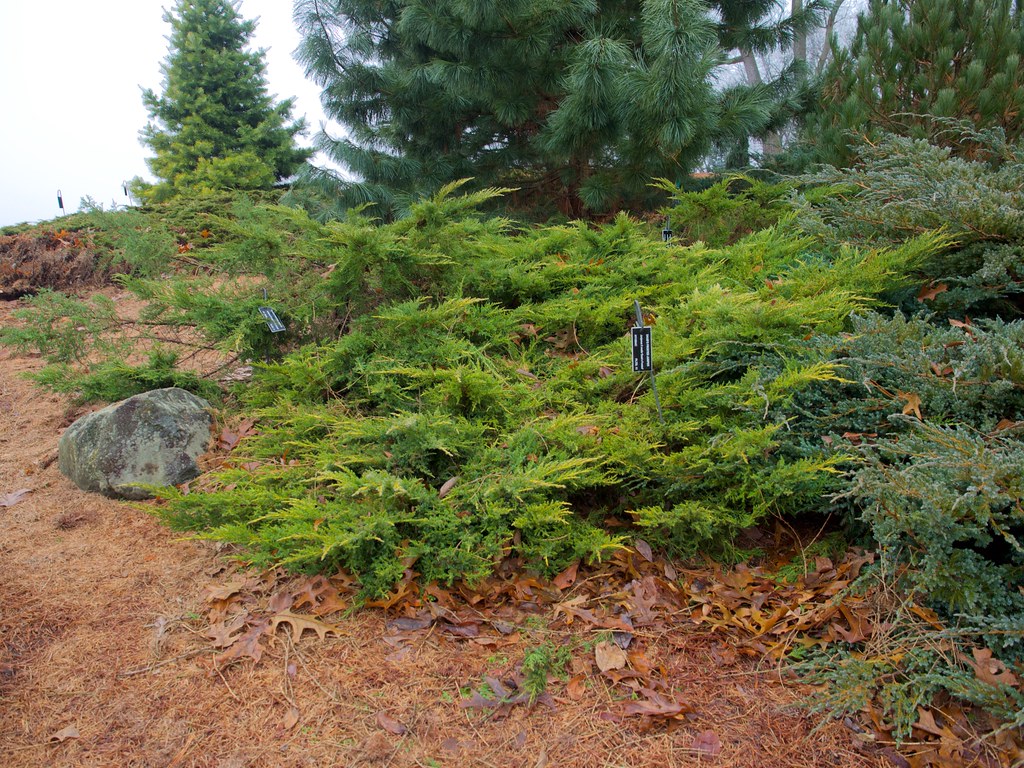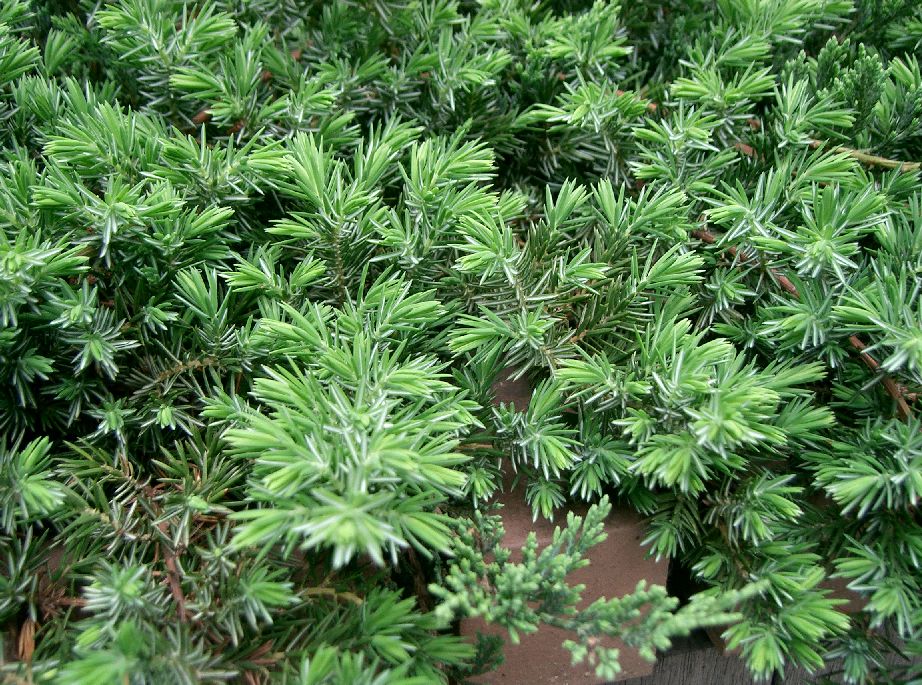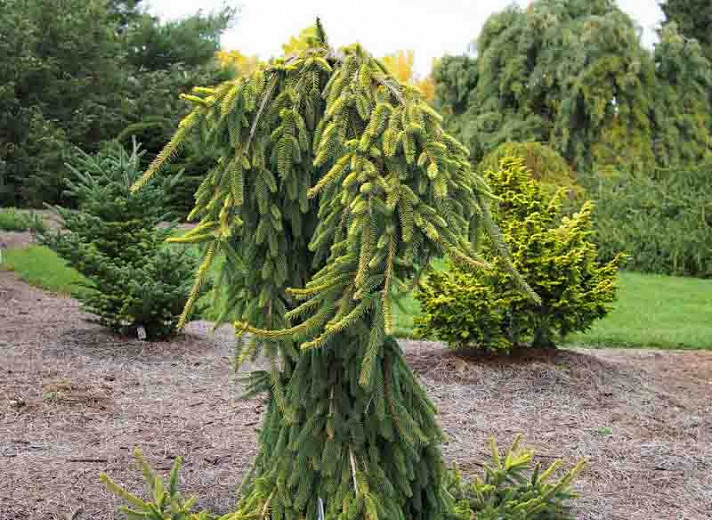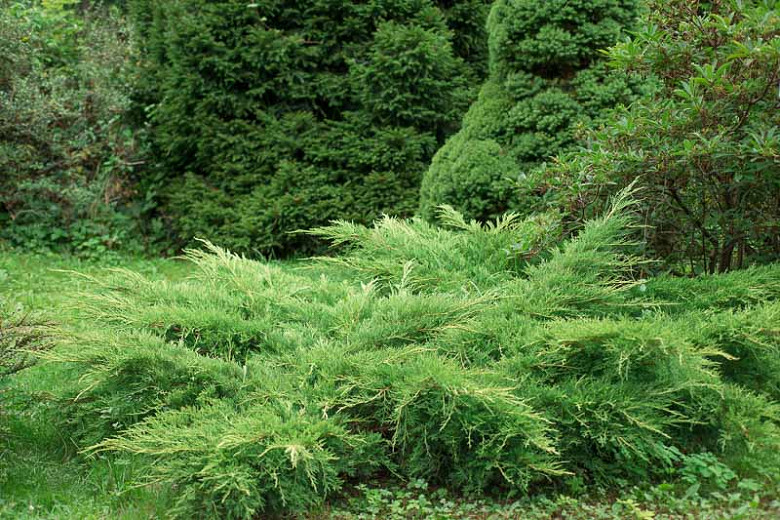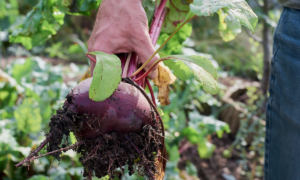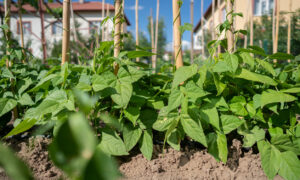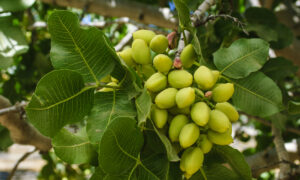We independently research, review, and recommend the best products. If you buy something through our links, we may earn a commission. Learn more.
When it comes to low-maintenance landscaping, groundcover conifers are the unsung heroes of the gardening world. These hardy, evergreen plants provide year-round color and interest, and they’re an ideal solution for covering slopes or adding texture to garden beds.
I’ve personally grown quite a few different varieties of groundcover conifers over the years, and each one has its own unique character. What I find so appealing about them is their versatility — these low-growing beauties are perfect for covering slopes, filling in gaps, and providing a lush carpet of foliage that adds texture and depth to any outdoor space.
And let’s not forget their year-round appeal. While other plants may wither away in the colder months, groundcover conifers hold their own, bringing a much-needed burst of green to the garden even in the depths of winter. In this guide, I’ll share everything you need to know about groundcover conifers, from choosing the right species for your space to planting and care tips. Let’s get started.
- What are groundcover conifers?
- How to grow ground-covering conifers
- What are the best groundcover conifers?
- Juniperus Chinensis ‘Daub’s Frosted’: A Sun-Loving Groundcover with Golden Hues
- Juniperus Conferta: Resilient Shore Juniper with Attractive Foliage
- Picea Abies ‘Gold Drift’: Weeping Norway Spruce with Lime-Green to Gold Needles
- Juniperus Horizontalis ‘Mother Lode’: Low-Growing Creeping Juniper with Seasonal Color Change
What are groundcover conifers?
Groundcover conifers are low-growing, evergreen conifers that spread horizontally to create a dense carpet of foliage. They’re often used to prevent soil erosion, cover bare patches of ground, and create a cohesive look in the landscape. With their rich, green needles and ability to thrive in a variety of conditions, groundcover conifers are versatile additions to any British garden.
Why do we love ground-covering conifers?
There are plenty of reasons why groundcover conifers deserve a spot in your landscape. Here’s a few:
- Year-Round Interest: Unlike deciduous plants, groundcover conifers keep their foliage all year long, adding color and texture to the garden even in the dead of winter.
- Low Maintenance: Once established, groundcover conifers require minimal care and can thrive with little attention.
- Erosion Control: Groundcover conifers are excellent for stabilising slopes and preventing soil erosion, thanks to their extensive root systems.
- Weed Suppression: The dense foliage of groundcover conifers helps to inhibit the growth of weeds by shading the soil.
How to grow ground-covering conifers
When choosing groundcover conifers, it’s important to consider factors such as your climate, soil type, and the desired height and spread of the plants. Also, be sure to take into account the amount of sunlight the area receives, as some conifers prefer full sun while others thrive in partial shade. And lastly, make sure to select varieties that are well-suited to your garden’s specific conditions.
Planting Groundcover Conifers
- Prepare the Soil: Before planting, loosen the soil in the planting area and mix in organic matter, such as compost, to improve drainage and soil fertility. Groundcover conifers generally prefer well-draining soil.
- Dig the Hole: Dig a planting hole that is as deep as the root ball of the conifer and two to three times as wide. This allows for better root growth.
- Planting: Gently remove the conifer from its container, taking care not to damage the roots. Place the plant in the hole, ensuring that the top of the root ball is level with the soil surface. Backfill the hole with soil and gently tamp it down to eliminate air pockets.
- Watering: Water the newly planted conifer thoroughly to settle the soil around the roots.
Caring for Groundcover Conifers
- Watering: During the first growing season, water your groundcover conifers regularly to help them establish. Once established, these plants are generally drought-tolerant and require less frequent watering. However, it’s still important to provide supplemental water during dry periods.
- Mulching: Applying a layer of mulch around the base of the conifers will help retain soil moisture, regulate soil temperature, and suppress weed growth. Use organic mulch, such as wood chips or bark, and avoid piling it against the stems of the plants.
- Fertilizing: Groundcover conifers typically don’t require much fertilization. However, if you notice signs of nutrient deficiency, such as yellowing foliage, you can apply a balanced, slow-release fertilizer in early spring.
- Pruning: Most groundcover conifers require little to no pruning. However, you can trim them to shape or control their spread if necessary. Pruning is best done in late winter or early spring before new growth begins.
- Pest and Disease Control: While groundcover conifers are generally resistant to pests and diseases, it’s important to keep an eye out for potential problems. If you notice signs of infestation or disease, promptly address the issue with appropriate treatments.
What are the best groundcover conifers?
Juniperus Chinensis ‘Daub’s Frosted’: A Sun-Loving Groundcover with Golden Hues
Botanical Name: Juniperus chinensis, aka ‘Daub’s Frosted’
With its unique, cascading growth habit and stunning variegated foliage, Daub’s Frosted is a real showstopper. The bright, golden-yellow tips of its needles shimmer in the sunlight, while the silvery-blue undertones give it a frosted appearance.
It’s a low-growing beauty, that seems to spread gracefully across the ground. I’ve found that ‘Daub’s Frosted’ is a splendid choice for softening rockeries and adding contrast to garden borders, and it’s always a pleasure to recommend it to my clients. If you’re looking for a conifer with a touch of flair and an air of elegance, then Juniperus chinensis ‘Daub’s Frosted’ is the one for you—I’m quite sure you’ll be as smitten with it as I am.
Juniperus Conferta: Resilient Shore Juniper with Attractive Foliage
Botanical Name: Juniperus conferta (Shore Juniper)
Shore Juniper is known for its love of sunlight and its ability to tolerate poor, sandy soils. Its bushy foliage is adorned with blueberries, and it trails attractively along the ground, creating a picturesque ground cover. In addition to its beauty, this juniper is resistant to deer, drought, erosion, and air pollution. It requires good drainage and is not well-suited to heavy, wet clay soils.
Whether you’re seeking to stabilize a slope, adorn a rock garden, or craft a lush pathway, Juniperus conferta is a splendid choice that will surely bring joy to your gardening endeavors. A plant of grace and hardiness, it’s one I hold in high regard, and I think you’ll find it to be a delightful companion in your garden.
Picea Abies ‘Gold Drift’: Weeping Norway Spruce with Lime-Green to Gold Needles
Botanical Name: Picea abies ‘Gold Drift’ (Weeping Norway Spruce)
Gold Drift is a graceful groundcover conifer with eye-catching needle coloration. In spring, the needles emerge lime-green, before maturing to a bright gold. Trust me, this adds a real touch of brilliance to a garden. When left unstaked, this conifer elegantly trains down walls and slopes.
Picea abies is more than just a stately tree – it’s a symbol of tradition and celebration. Come the festive season, the Norway Spruce takes center stage as the quintessential Christmas tree, adorned with twinkling lights and cherished ornaments. And let’s not forget its role in the landscape—whether gracing a spacious lawn or providing shelter in a woodland garden, Picea abies brings structure, stature, and year-round beauty to any setting. So, whether you’re planting it for its regal presence, its festive charm, or simply for the love of conifers, the Norway Spruce is a tree that will captivate you for generations to come—an enduring legacy and a testament to the wonders of the natural world.
Juniperus Horizontalis ‘Mother Lode’: Low-Growing Creeping Juniper with Seasonal Color Change
Botanical Name: Juniperus horizontalis ‘Mother Lode’ (Mother Lode Creeping Juniper)
Of all the varieties of juniper, there’s one that never fails to capture my imagination—the enchanting Juniperus horizontalis ‘Mother Lode.’ This delightful groundcover conifer is a true treasure in the garden, and as the name suggests, it’s a veritable goldmine of vibrant color.
‘Mother Lode’ boasts a dazzling display of bright yellow foliage, which contrasts beautifully with its hints of chartreuse and green. And as the seasons change, it reveals even more of its splendor—the foliage takes on a rich, amber hue in the autumn, and come winter, it adopts a splendid plum-bronze tone.
What I particularly adore about ‘Mother Lode’ is its graceful, spreading habit—the low-growing branches gently cascade across the ground, creating a luxurious carpet that’s ideal for softening rockeries or brightening up shaded areas. With its hardy nature and year-round interest, Juniperus horizontalis ‘Mother Lode’ is a gardener’s delight, and I’m always thrilled to recommend it to those seeking a touch of radiance in their outdoor spaces. Whether planted en masse or as a solitary accent, ‘Mother Lode’ is sure to dazzle and delight—a golden gift from the world of conifers.
With the right care, groundcover conifers will thrive and enhance the beauty of your garden for years to come. Enjoy the process of cultivating these wonderful plants, and revel in the joy they bring to your outdoor space.

